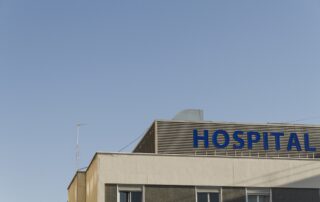Governor Hochul Commits $106 Million to Fighting Hunger During Federal Shutdown
With the federal shutdown entering its thirtieth day, it is now expected that federal funding for SNAP benefits (food stamps) will run out at the end of October. This morning, Governor Hochul announced an additional $65 million in funding for charitable food assistance, bringing overall state funding for emergency food assistance to $106 million. We commend the governor for her efforts to keep New Yorkers fed while the federal government gambles with human lives. The best way to ensure that the forty-two [...]


